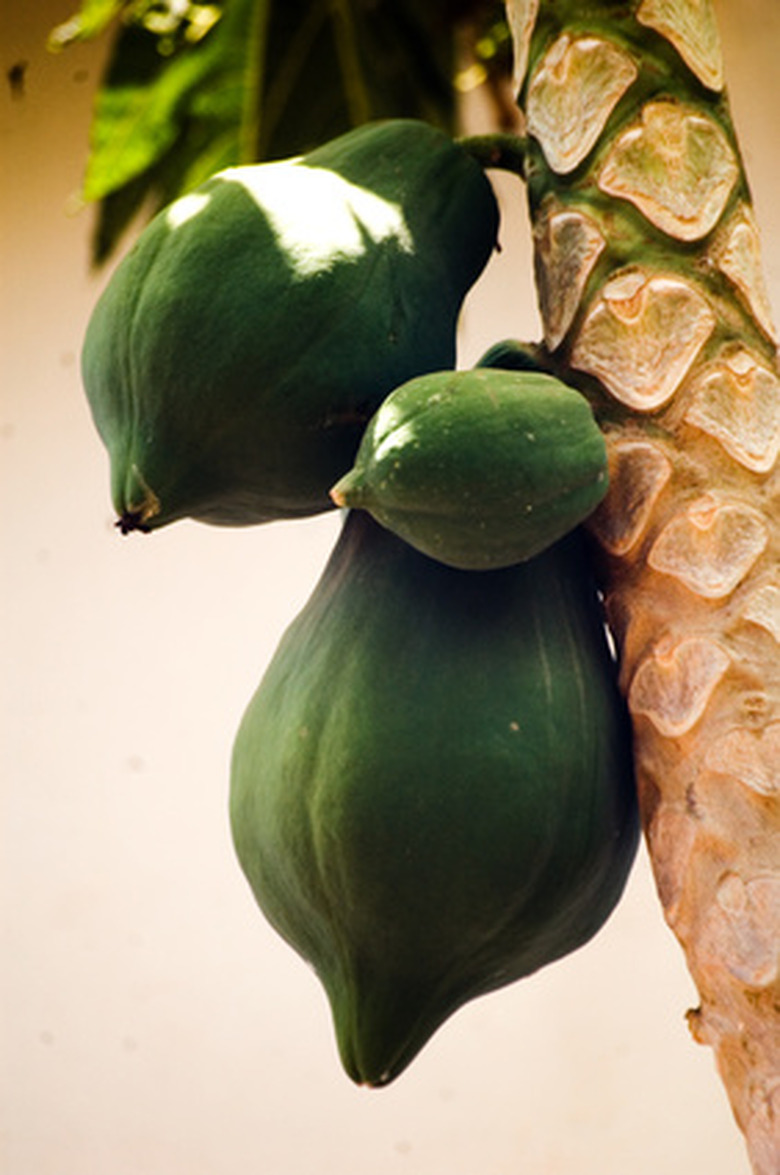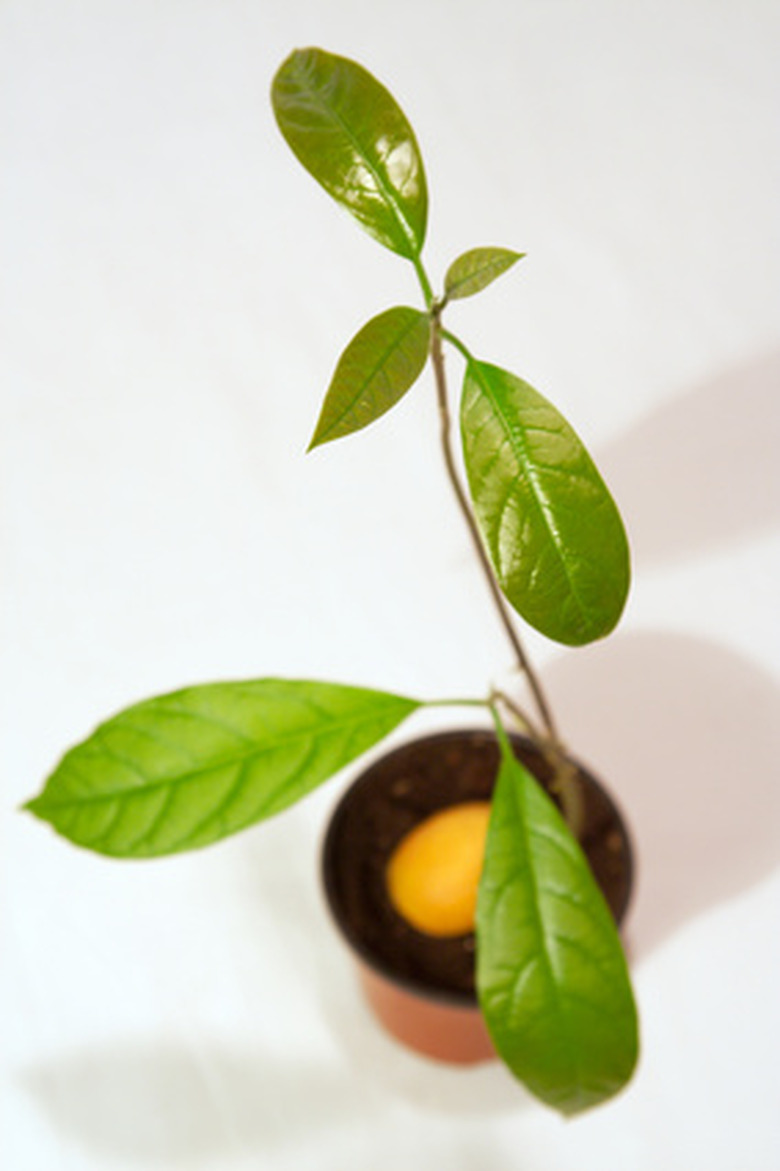Fruit Trees In Mexico
Mexico is home to a plethora of fruit trees and fruits, with a few beautiful varieties that are native to the country. While these trees seem common to the Mexican people, to those of us outside of Mexico, they are interesting new choices when planning to grow our own fruit. Several types of Mexican fruit trees grow elsewhere, making them delicious and different options for your own garden.
Papaya Tree
Papaya trees, found in southern Mexico, do well in full sun. These trees require planting in soil with near perfect drainage. They grow quite easily once you meet these two conditions. Straight semi-herbaceous tree trunks bear the papaya fruits. An herbaceous plant or tree is one that is a softer consistency than those with a hard, solid wood. Therefore, the papaya tree trunk is somewhat softer than other types of fruit tree trunks with the fruit forming on the trunk instead of the branches. Papaya fruit is sweet and frequently eaten fresh after peeling.
- Mexico is home to a plethora of fruit trees and fruits, with a few beautiful varieties that are native to the country.
- Several types of Mexican fruit trees grow elsewhere, making them delicious and different options for your own garden.
Avocado Tree
Although originally from Mexico, the avocado tree obtained popularity in Santa Barbara, California, with the first trees there planted in 1871. Of the three types of Avocado trees, the Mexican variety thrives best in a Mediterranean dry climate. The avocado fruit tree sometimes reaches up to 80 feet in height with far-reaching branches. The branches carry green, waxy leaves. The leaves stay on this evergreen tree for two to three years with the flowers arriving each January. The Mexican avocado tree's fruit is small with a paper-thin skin that turns black when ripe.
White Sapote
This versatile fruit tree, a native of central Mexico, grows anywhere that oranges grow, as long as intense heat and humidity are not present. They are a brittle variety of tree, so you need to plant your tree where there is not much wind. The White Sapote tree grows rapidly, reaching up to 50 feet. It is a deciduous tree, meaning the leaves droop and fall at maturity each growing season. The fruit is green to yellow outside with a waxy covering. Cutting open the fruit reveals custard-like fruit that tastes like a slightly bitter versions of bananas or peaches.
- Although originally from Mexico, the avocado tree obtained popularity in Santa Barbara, California, with the first trees there planted in 1871.
- It is a deciduous tree, meaning the leaves droop and fall at maturity each growing season.
Canistel Tree
The Canistel tree is an evergreen that grows in southern Mexico in addition to Guatemala and El Salvador. The tree grows to approximately 25 feet, producing sweet, coned-shaped fruit called egg fruit. Each branch of the tree consists of clusters of leaves toward the end of the branch. The growing season for the Canistel tree runs from December to May. Sunny areas with well-drained soil provide the tree with the best chance for good growth. The tree's fruits taste delicious in milkshakes or eaten fresh.


